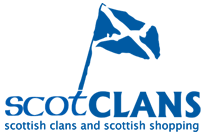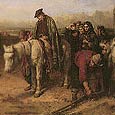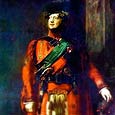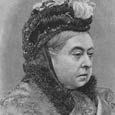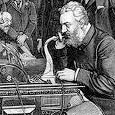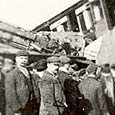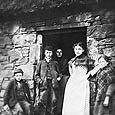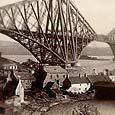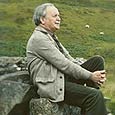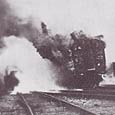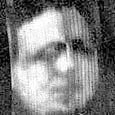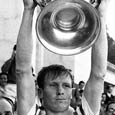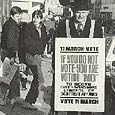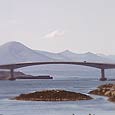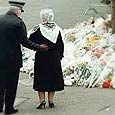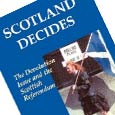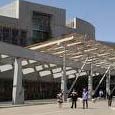Scotland’s Modern History
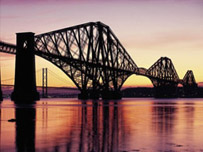
Scotland’s Modern History
The Persecution after the ’45 had ended but Scotland once again suffered – this time at the hands of its greedy landowners during the clearances. However a new Scotland began to emerge – romanticised by the royal visits of 1822 and 1842. The great age of Scottish enterprise and invention was crowned by the Magnificent Forth Bridge (above) and by advancements in communications.
Finally, nearly 200 years after it was lost by the ‘parcel of rogues’ the Scottish parliament returned.
1785 Beginning of the Highland Clearances
The clan system regarded the land as belonging to their community, worked areas being passed down through the family while additional lands could be rented. As the generations passed, the clan chiefs became more wealthy and detached from their kinsmen, regarding them as their effects rather than their family.
» Continue to read about the beginning of the Highland Clearances
1822 – George IV Visits Scotland
King George IV made a royal visit to Edinburgh in 1822.
It was the first time a monarch had come to Scotland since 1641 and his tour was stage-managed by Sir Walter Scott. Scott engineered an image of Scotland similar to the country in his romantic novels for the visit.
» Continue to read about George IV’s visit to Scotland
1842 – Queen Victoria Visits Scotland
The second visit of a United Kingdom monarch to Scotland was in 1842 when Queen Victoria and Prince Albert disembarked at Leith.
» Continue to read about Queen Victoria’s 1842 visit Scotland
1847 – Alexander Graham Bell Born
Born on March 3, 1847 in Edinburgh, Bell is best known for his invention of the telephone however he was a remarkable character and brilliant inventor who came up with many inventions such as an air-cooling system.
» Continue to read about Alexander Graham Bell
1879 – The Tay Bridge Disaster
During a stormy night of 28 December 1879 while a train was crossing The Tay Bridge when it collapsed. The train, with seventy five passengers and crew, poured off the collapsing bridge into the icy river with all lives lost.
» Continue to read about the 1879 Tay Bridge Disaster
1886 – The Crofters Act
After a century of being treated worse than the cattle they lost their lands to, the government finally acknowledged that the victims of the Clearances were still being victimised and needed protective legislation.
» Continue to read about The Crofters Act of 1886
1890 – Forth Bridge Completed
Descibed as Scotland’s Eiffel Tower, the breathtaking Forth Railway Bridge stands at Queensferry Narrows, nine miles west of Edinburgh, where it carries trains for a mile and a half over the Firth of Forth.
» Continue to read about the completion of the Forth Bridge
1911 – Sorley MacLean Born
Sorley MacLean (Scottish Gaelic: Somhairle MacGill-Eain, sometimes “MacGilleathain” in earlier publications) was born at Osgaig on the island of Raasay on 26 October 1911. At that time on Raasay, which lies between the Isle of Skye and the Scottsih Mainland, Gaelic was the first language.
» Continue to read about Sorley MacLean
1915 Gretna Rail Disaster
On the 22nd May 1915 Three trains; a special troop train, a local train and the night express coming north from Euston Station, London crashed at Quintinshill Junction near Gretna on the Scottish border causing one of Britain’s worst rail disasters.
» Continue to read about the Gretna Rail Disaster
1926 – First Television Broadcast
It is regarded by some as Man’s greatest invention, possibly more life-sustaining than fire and certainly more entertaining than the wheel; it is regarded by others as the Anti-Christ; and it began with Helensburgh-born John Logie Baird.
» Continue to read about the first television broadcast
1967 Celtic Football Club Win the European Cup
On Thursday 25 May 1967 Celtic Football Club became the first ever british side to lift the coveted European Cup after beating Internacionale of Milan 2-1 at the Estadio Nacionale in Lisbon.
» Continue to read about Celtic Football Club winning the European Cup
1979 – First Referendum
From the Mid 1970′s onwards there had been building political pressure towards separate parliaments in both Scotland and Wales. Labour’s majority had been whittled down in 1974 and after a series of disastrous by-elections had virtually no majority at all.
» Continue to read about the First Referendum
1995 – Skye Bridge Completed
The car ferry making the five minute journey between Kyleakin and Kyle of Lochalsh was finally made redundant in 1995 with the opening of the Skye Bridge.
» Continue to read about the completion of the Skye Bridge
1996 Dunblane Massacre
Wednesday 13th March 1996 should have been a normal school day for the children of Dunblane Primary School. Tragically it was not.
» Continue to read about the Dunblane Massacre
1997 Second Referendum
In 1997 after nearly 20 years of Conservative rule a labour government swept to power with a landslide victory over largely disorganised opposition. The party had campaigned successfully on the issue of major constitutional reform and among these reforms was devolution for Scotland.
» Continue to read about the Second Referendum
2004 New Scottish Parliament Building Opened
After the success of the Referendum in 1997 the First Minister Donald Dewar announced a competition for the design of Scotland’s new parliament building. The winner was the design of Catalan architect, Enric Miralles.
» Continue to read about the opening of the New Scottish Parliament building
